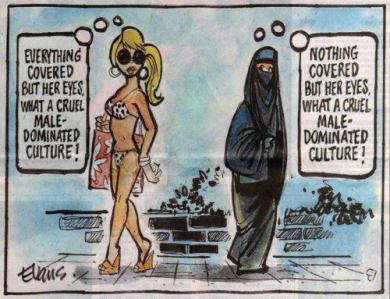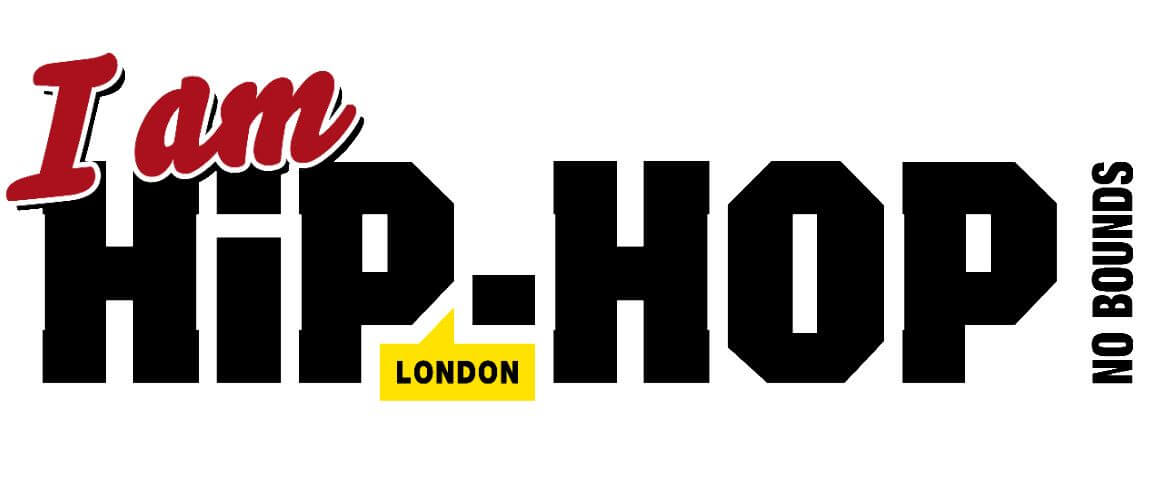
Picture Source: http://attackthesystem.com
We, the west, are very quick to critique a woman dressed up of Middle Eastern standards- i.e. hijab, or burka- without fully understanding their cultures and ideologies. We label them as ‘oppressive’ or ‘objects’ for covering up, and have a tendency to ignore the basic truths of our western traditions of clothing. This thus begs the question of what is truly free in this world of beauty standards- or if there even is any freedom.
This discussion was brought to light in my PHd assessment at university, where we would analyze the contrasting ways that the western and Middle Eastern media address certain topics. My tutor first began addressing what countries constitute as the ‘Middle East’- this is important if we are to understand their culture and why there is such a clash between the west and east.
MENA
Firstly, the countries that make up the Middle East, are constantly changing. Some maps tend to include more North African countries, while others focus on the area around Saudi Arabia and Egypt. A general acronym to go with this area is known as ‘MENA: Middle East and North Africa’. Yes. The Middle East also consists of north African countries. Not just countries that attract mass media attention such as Syrian Yemen etc. Plus MENA itself has a huge population, ranging close to 380 million people- so it would be a mistake to incorrectly assume that the Middle East is this small, plot of terrorized land.
And it is within these countries, that different religions, tribes and social construction impact the way people- namely women- dress. The majority of these countries are Arab speaking, where the majority of the population follows Islam. This is not always the case, as there can be Christian and Jewish Arabs, as well as Muslim. Where Arab is a nationality, and Arabic being a predominant language, Muslims can have a native tongue of any language in the world. These two are frequently interlinked within MENA countries because the Arab world is centered on the holy place of Jerusalem, and other historically important places.
HIJAB
Thus, distinctions within MENA enable us to now understand clothing traditions of Middle Eastern people and dispel some of the general misconceptions of clothing of Middle Eastern women, namely beginning to understand what we mean by hijab.
But let’s travel back to 1400 years ago, when women in the city of Medina, Saudi Arabia, were being attacked during the night when they needed to relieve themselves. These women would have to leave the city, and travel to the outskirts of the woodland for privacy- however more and more men knew of women’s nightly routes and stayed hidden in the night to attack and molest these women. But it was what these women wore that prevented any form of assault. If a woman wore a JILBAB (a garment such as a coat) it showed that the woman was free and had the protection of her clan, so was to be left alone.
The term JILBAB is also used in the Qu’ran, by the Prophet to address people and stop these assaults from happening- however, what is most interesting is that the word does not specify wear exactly a woman must cover up. Out of the 6000 verses within the Qu’ran, only 3 emphasize what a woman must wear, but none specify what body part they must keep hidden; giving them freedom, that we in the west do not believe women have when they chose to wear a Hijab. It is argued by Muslim scholars that these 3 verses are left intentionally vague, so as to let the women decide themselves how to dress.
But then what do we mean by hijab? The original writings of the Qu’ran only use the term when describing a barrier or distance between something i.e. the distance between the divine and humanity, or the barrier between the atheists and theists. Contemporarily the term is not associated directly with a woman’s veil- but has been labeled to women of Islam, by more modern scholars that have adapted the teachings and edited it, to suit a more misogynistic lifestyle.
Nowadays, the term is fairly associated with modest attire, and has expanded to be inclusive of different types of women’s veils i.e. shayla, niqab, khimar etc. This also varies where you are in the Middle East; in North Africa the kaftan and gandora are popular, while in Libya the Haik are worn by Libyan Berber women. These garments too are worn by men with the Taqiya acting as a headscarf, or a Chachia used frequently by men in Tunsinia.
The main point here is that their clothing is a way of life, and a social norm, in the same way that you are wearing jeans, a hoodie, or a skirt. They do not see these clothes as oppressive, but a way to express oneself.
THE WEST
We thus should not be so hasty as to make quick judgments on how a woman should dress. When have we taken the time to step back, and analyse the basic truths of our clothes, and the ‘freedom’ we associate with it?
My phD tutor during this lesson, asked us a question- ‘what are two threes?’. We answered the most logical sounding answers there were, such as ‘6’ or ‘33’ or ‘9’. But she was not satisfied with any of the answers. It was only after that she told us that there was no definitive answer; only infinite correct ones that could be open to interpretation. Freedom is like this. It is subjective, and what it is to one person may not be the same to another and henceforth.
So it is not surprising that we are conflicted with other cultures terms of freedom, and how they chose to express it. But we should not disregard and label an entire culture as oppressive, because it does not seem to coincide well with our lifestyle- this festers ignorance, and allows hate crimes against a minority to rise.
We can also question the limits to our freedom in the West- why is it that men are allowed to parade topless in public, while women would most likely be arrested for doing the same? Why is it that there is a unrealistic standard of beauty both men and women feel the incentive to attain? It could be interpreted- and is so- that the western standards of beauty, that women follow are misogynistic, as it seems that women must show skin to appeal to the patriarchal society they live in.
Western cultures also seem to be revolved around the idea- mainly for woman- that we must be skinny, while still maintain fat in the ‘correct’ areas (butt, breasts); that we must show skin, but not too much or we would be labeled as ‘whore’; that our faces be made up of features of different ethnicities while still having a fair and light pigment i.e. full lips on white skin. It seem harsh as well on men, where they must maintain muscle, to embody strength and should not be afraid to display it; they are limited to shorts and trousers, but a stigma is attributed to those who wear dresses and skirts.
Both cultures are in no place therefore to make any assumptions on the correct way to dress, and what is truly freedom in terms of clothing. Clothing can be an expression of one, or could represent a person’s religious identity. What we should do instead is learn to respect ones differences, and educate ourselves, in a society that disregards a minority’s cultural background with labels.
Chunekshi
Latest posts by Chunekshi (see all)
- Hijab Vs Bikini — Understanding Cultures And Ideologies — August 2, 2017
